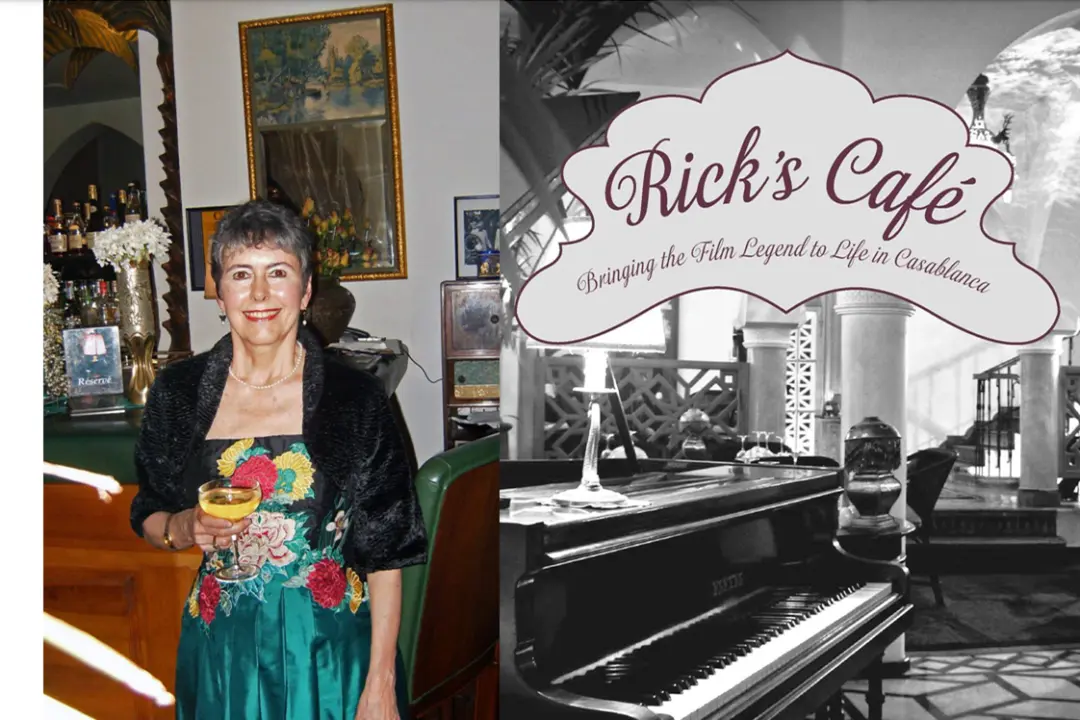My first opera teacher was an undeniable genius. Like many wise scholars, he refused to give a definite opinion on the superiority of or his preference for any single composer or musical work. However, if you mentioned ballet, he was quick to respond that “Giselle” was his favorite.
“Giselle” is one of the standard classical ballets. While not as recognizable by name as “Swan Lake,” it has been a staple of the classic repertoire for centuries. Any ballet aficionado is familiar with the tragic tale of the titular German peasant girl who loses her heart, her mind, and ultimately her life when a handsome young prince pledges his love while disguised as a commoner. In Act 2, the rustic village gives way to an ethereal forest clearing, where the spirits of maidens—called the “Willis”—who died before their wedding come back by night to dance and seek vengeance on any unsuspecting male who wanders into the woods. This provides an opportunity for the classic “ballet blanc,” a group of synchronized ballerinas in long white tulle skirts, which was so popular at the time.





